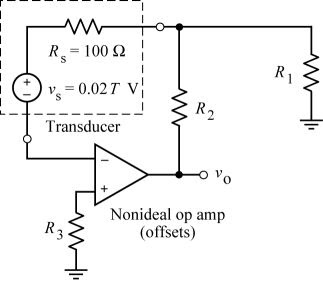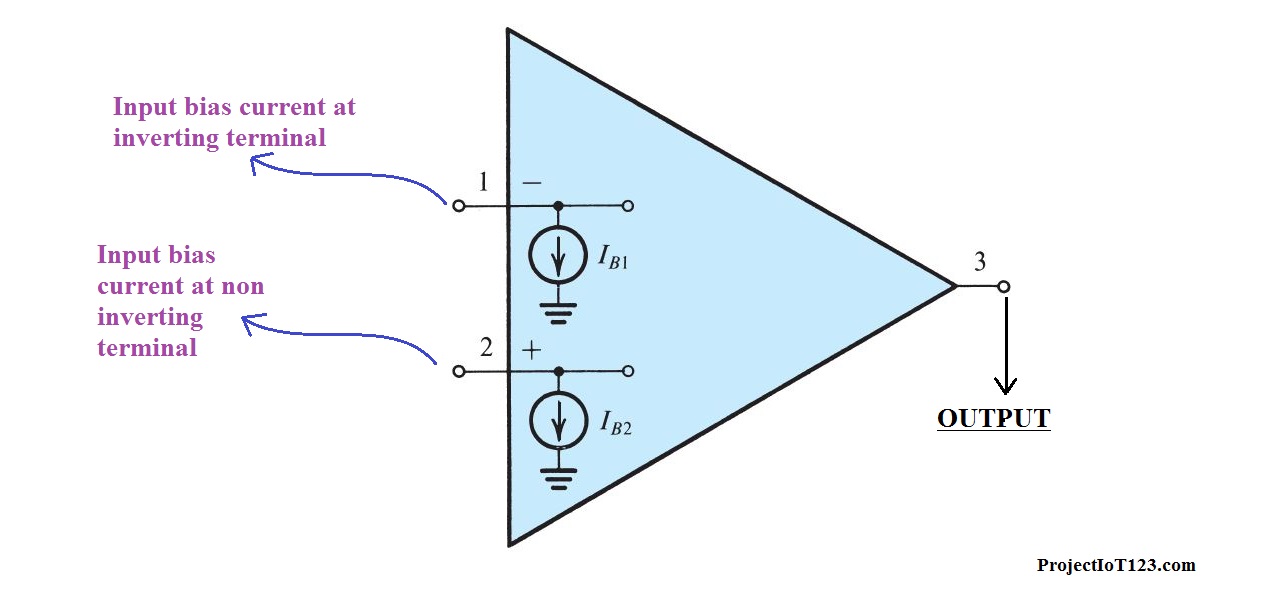
My question(s): Which of the options above would be the best given the temperature range constraints? Am I missing any other options? Is my understanding in each of the scenarios correct? Any input is much appreciated.

It would be more desirable to use the ADC that is on the microcontroller, but it seems that this option has the most temperature stability. The last thing I've thought about trying is lowering the gain and getting a higher resolution ADC, and then doing the offset compensation in software. This seems like it would be fine if the offset voltage was negative, but since the voltage is positive and I'm using a single supply, it seems like I won't be able to compensate this way. The perceived issue with this is that the instrument needs to operate between -20 Celsius to +40 Celsius, and the resistor compensation will not be adequate for that entire temperature range.Īnother of the methods I've found is setting Vref on the INA118 to compensate for the offset voltage. One of the methods I've found so far revolves around putting a shunt resistor in parallel with one of the legs of the strain guage, or trimming the output of the bridge with a potentiometer. Answer (1 of 6): The three op amp configuration allows two amps to be used in a unity gain buffer configuration with super high input impedance and precisely 1.000 gain to buffer the inputs or attache external loading as needed. When it is not, consideration of offset voltage and input current suffices for many of the rest. 2.1a and 2.2a For many modern Op-Amp applications, the ideal model is adequate. This takes up a large part of the useable ADC range. Some communication amplifiers and various control problems are examples with open loop gain far from infinite. The offset voltage is 0.9 mV, which when amplified is 0.9 V. Being that op-amp differential gains are so high, the figure for input offset voltage doesnt have to be much to account for what we see with shorted inputs. I'm having issues figuring out the best way to compensate for the voltage when there is no load. I have measured the load vs output and it is linear as expected. The common mode voltage has been set to 2.35 V based on the data sheet specs, and the gain is set to 1000.

I'm using a single +3.3 V supply (V+ = 3.3V, V- = 0V).
#Instrumentation op amp offset full#
I'm using an instrumentation amplifier (INA118) to measure the signal from a full bridge strain gauge (tension only, all 4 resistive elements are strain gauges, slow changing (DC) signal).


 0 kommentar(er)
0 kommentar(er)
